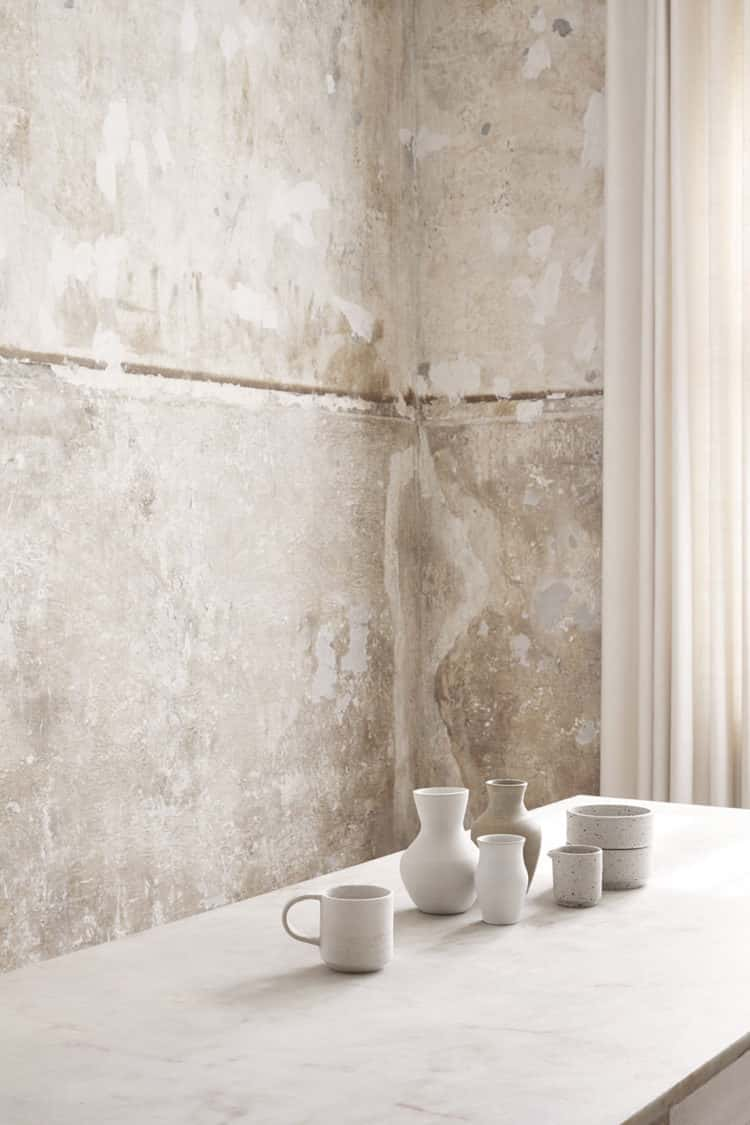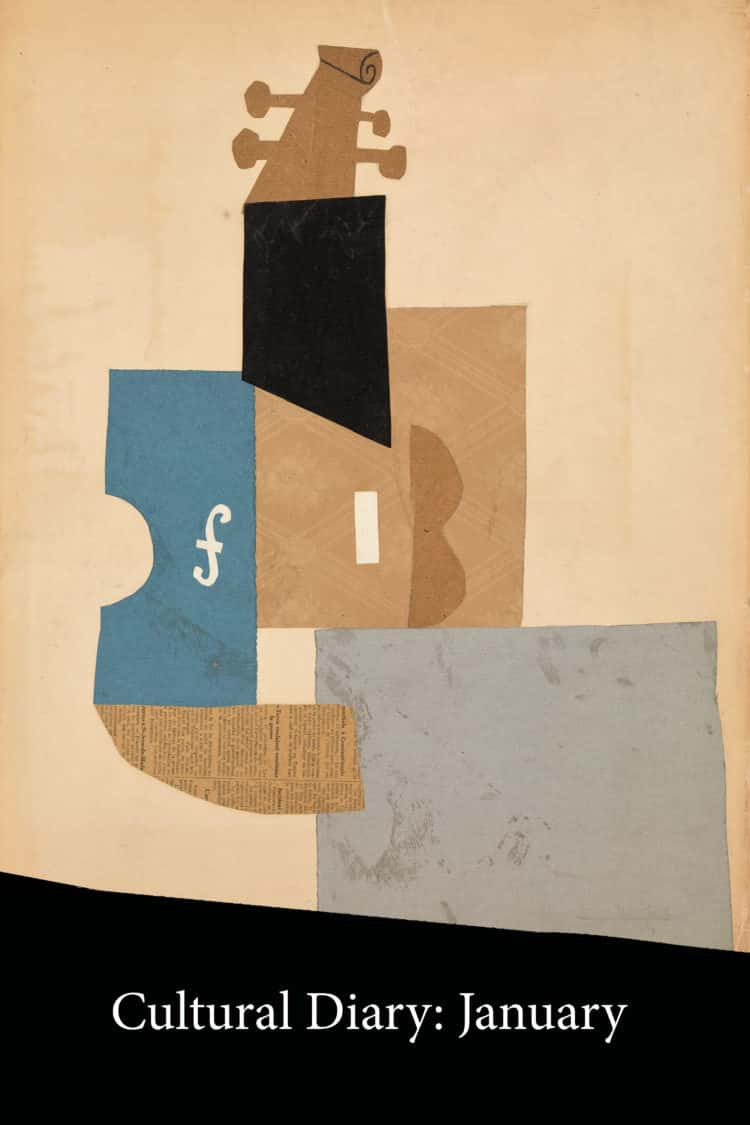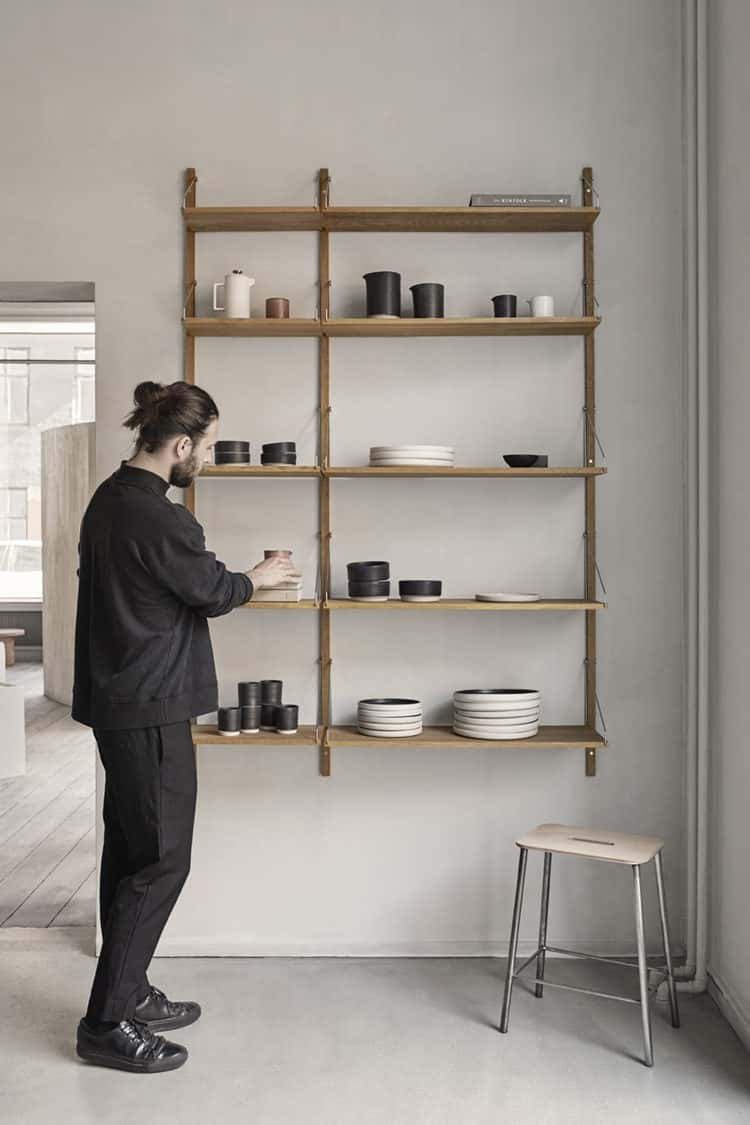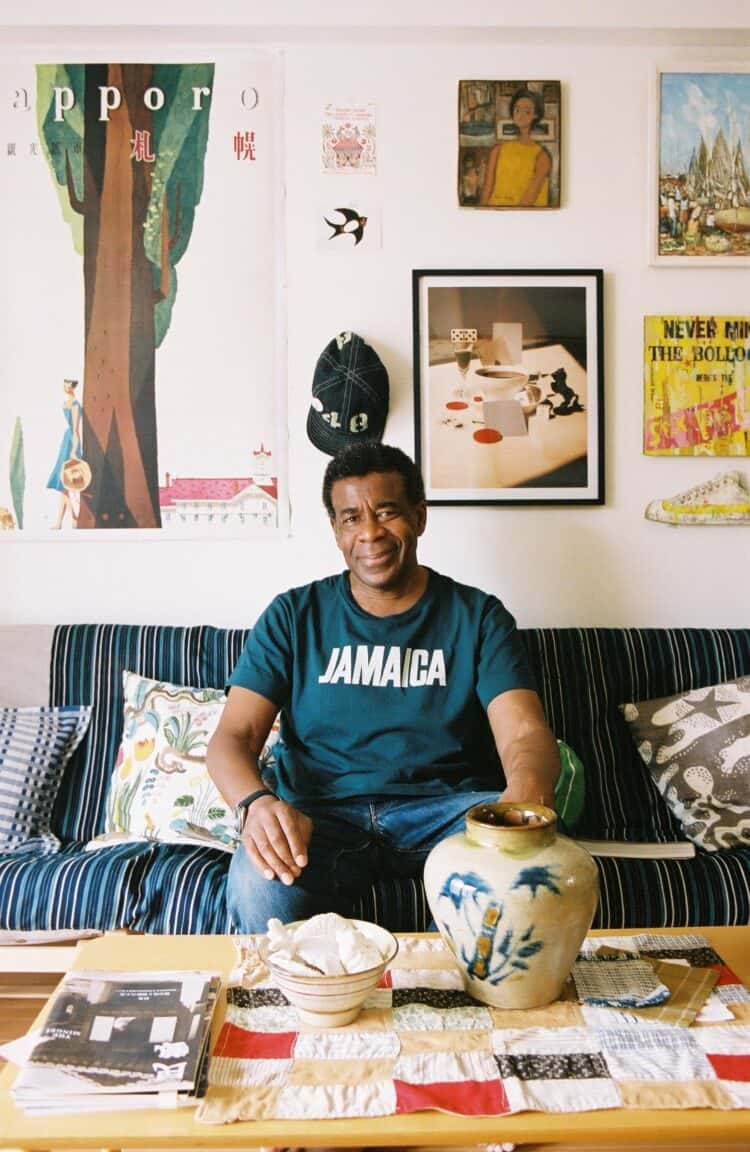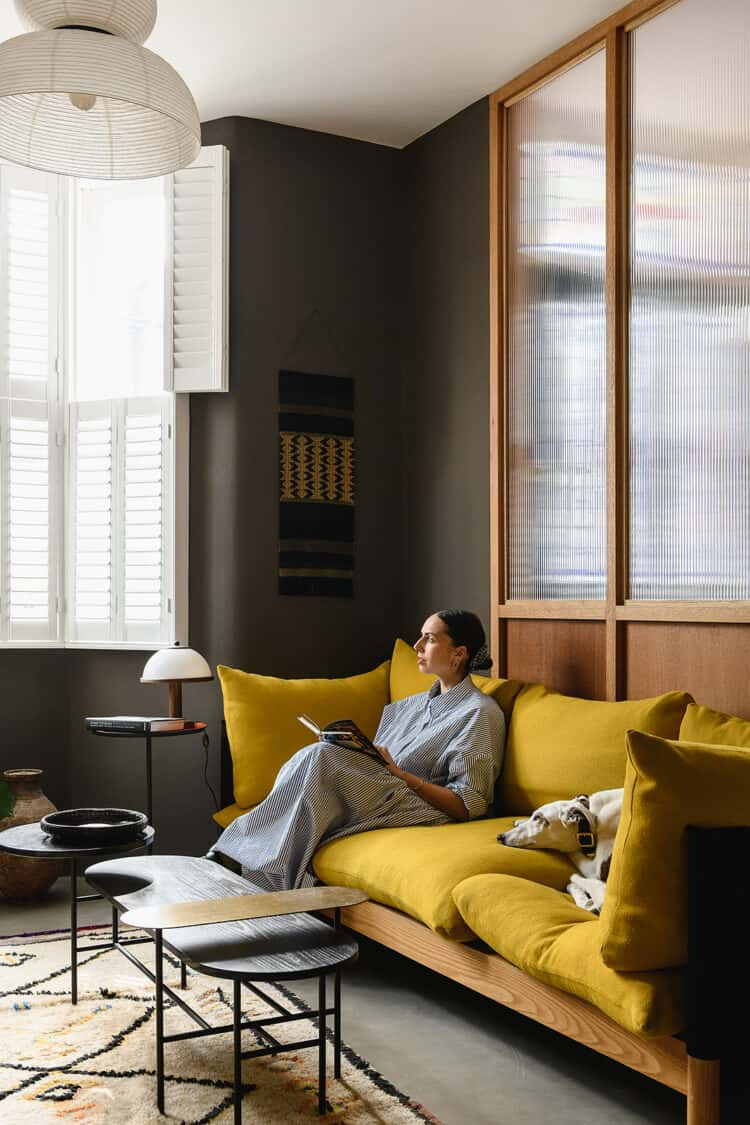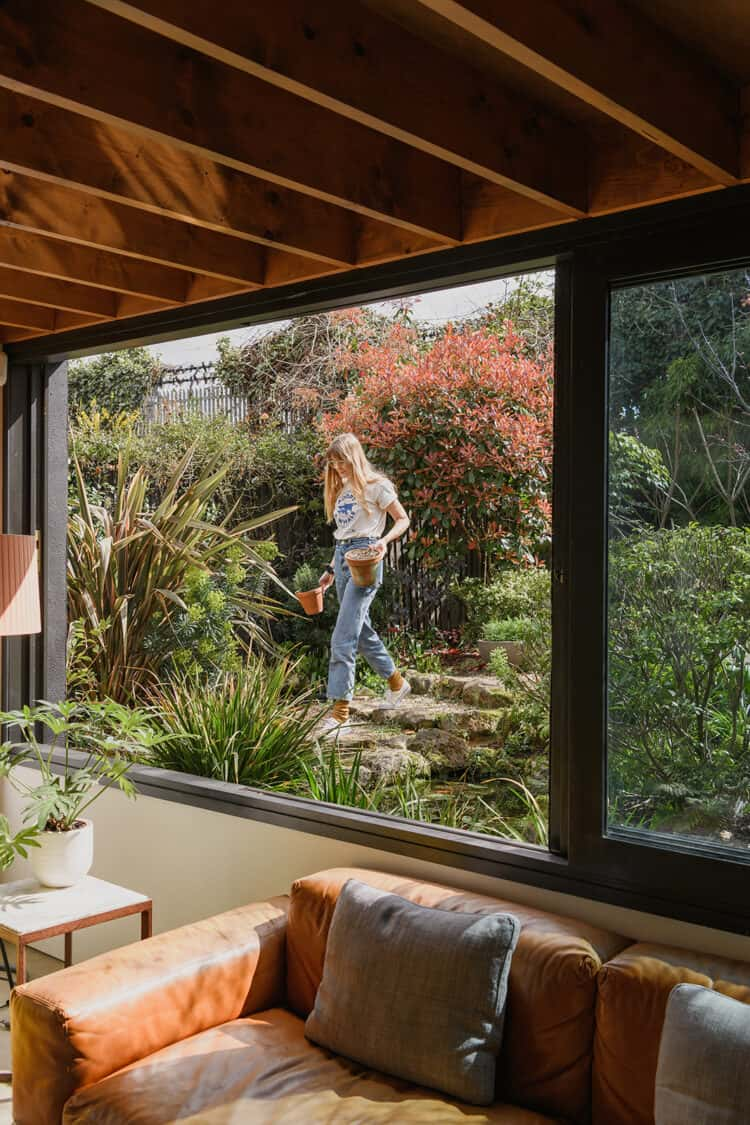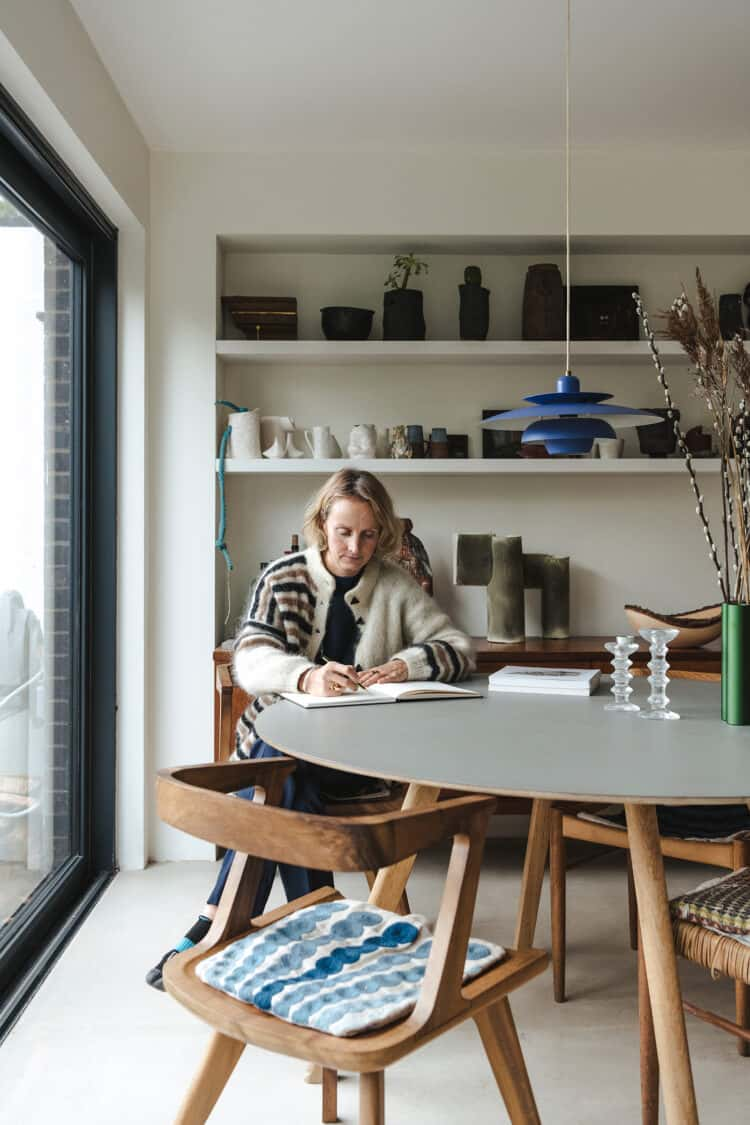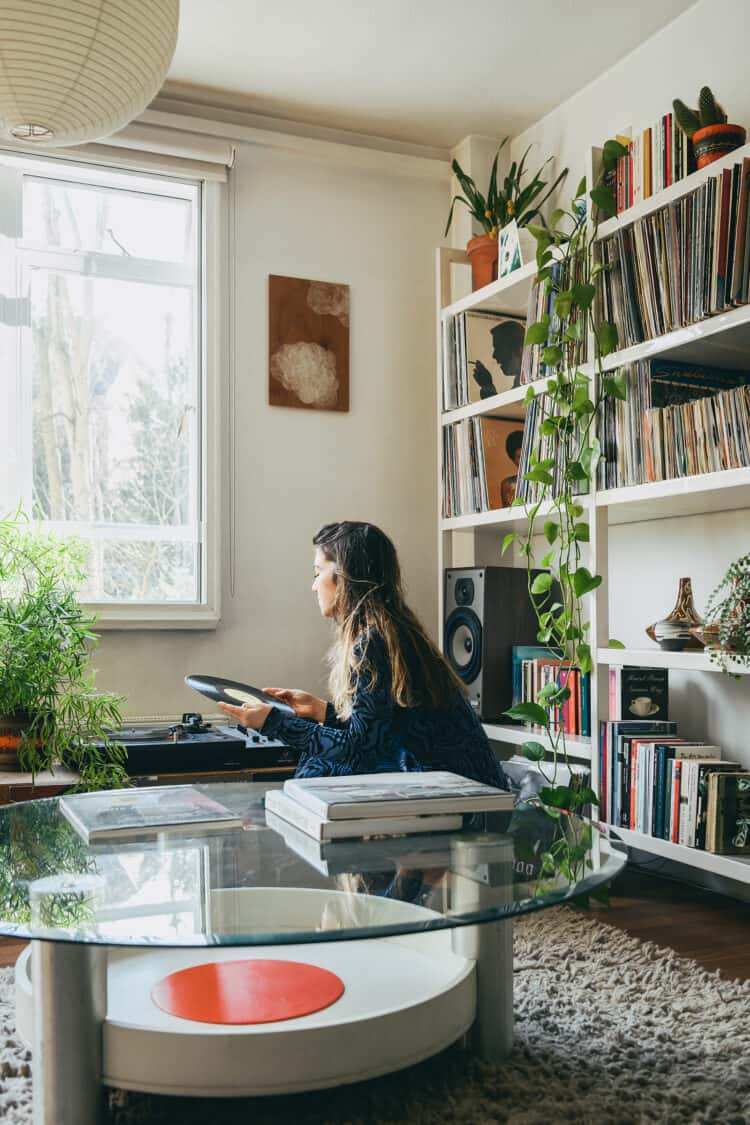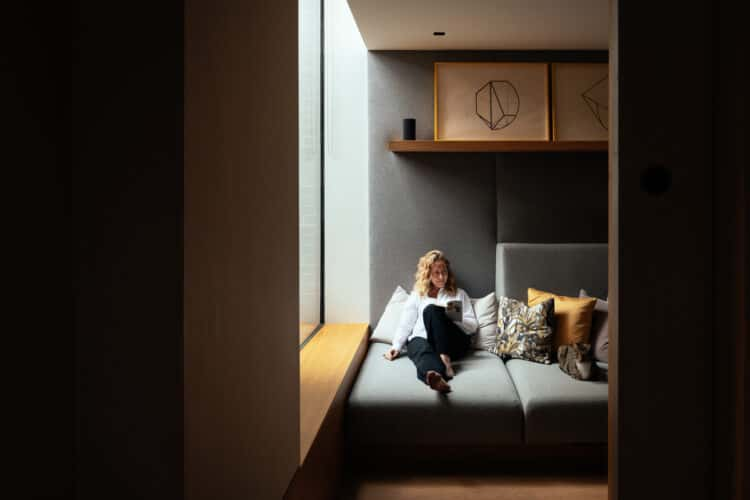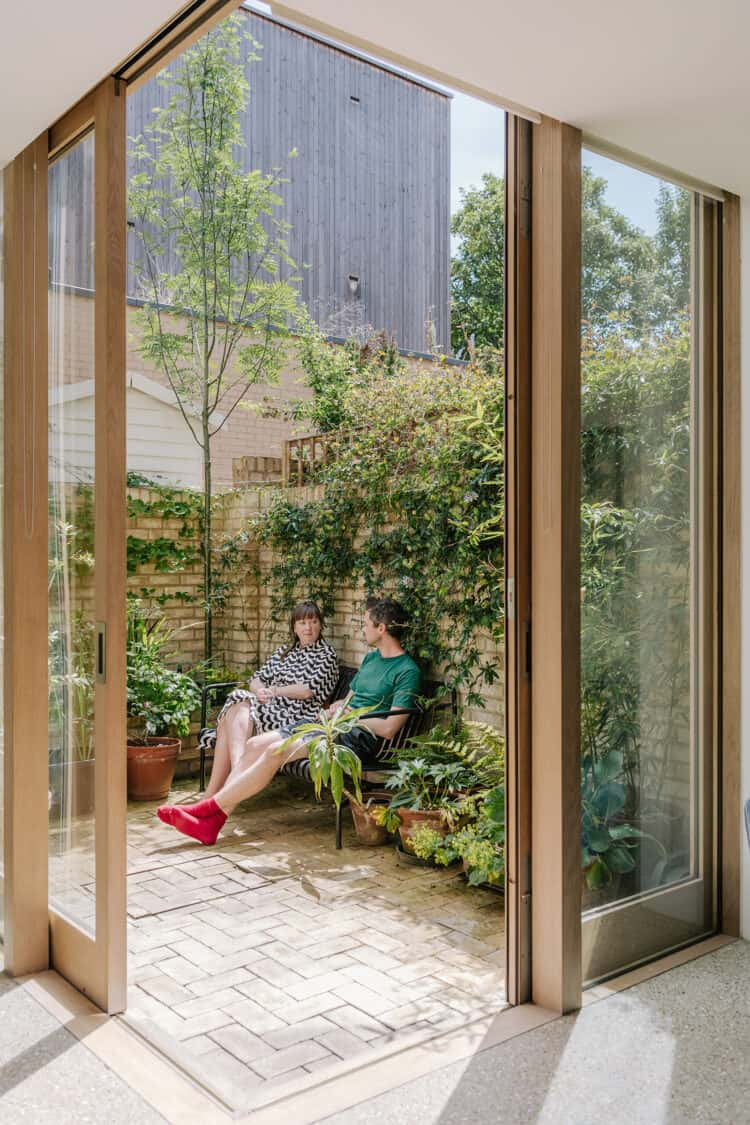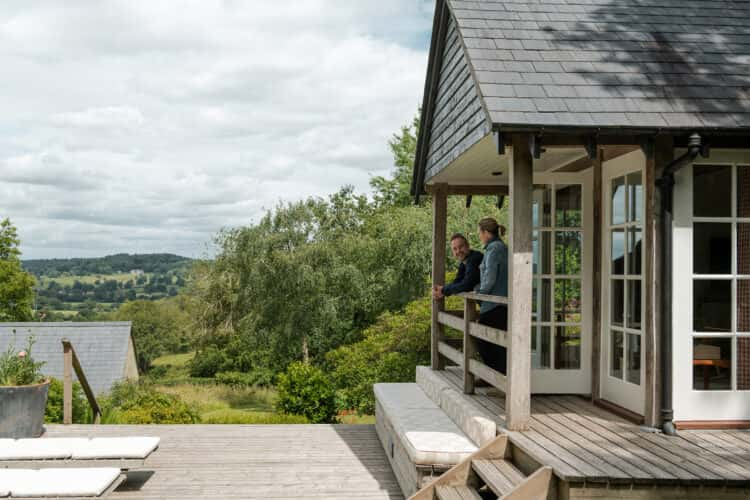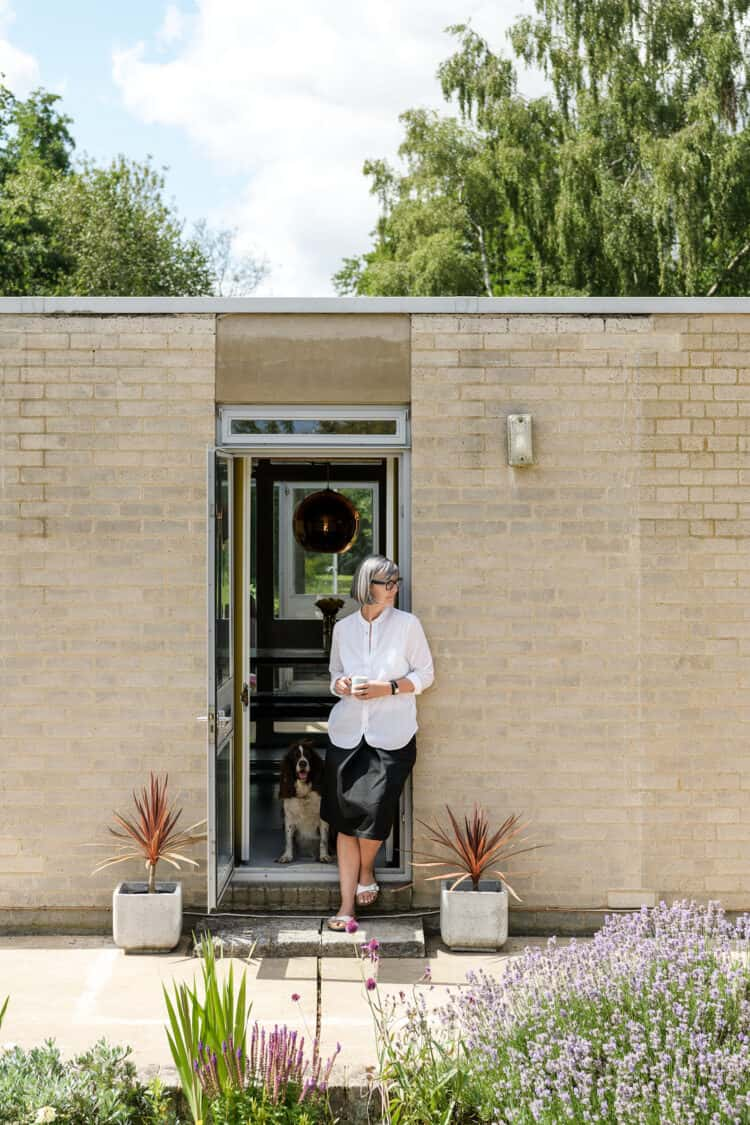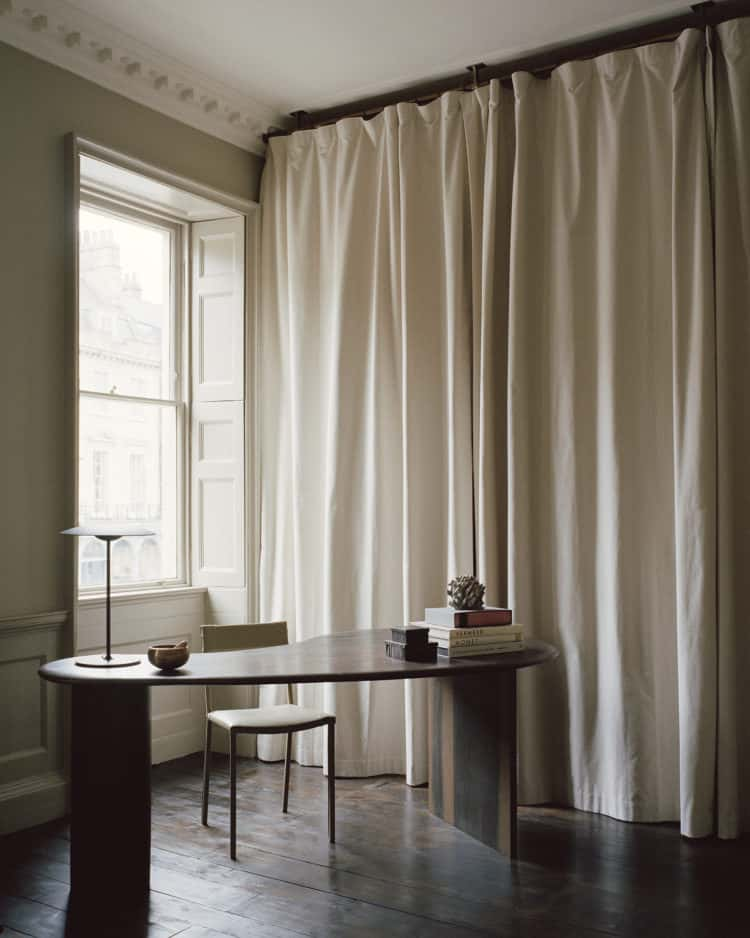My Modern House: Frama founder Niels Strøyer Christophersen on plainness, simplicity and permanence at his minimal home in Copenhagen
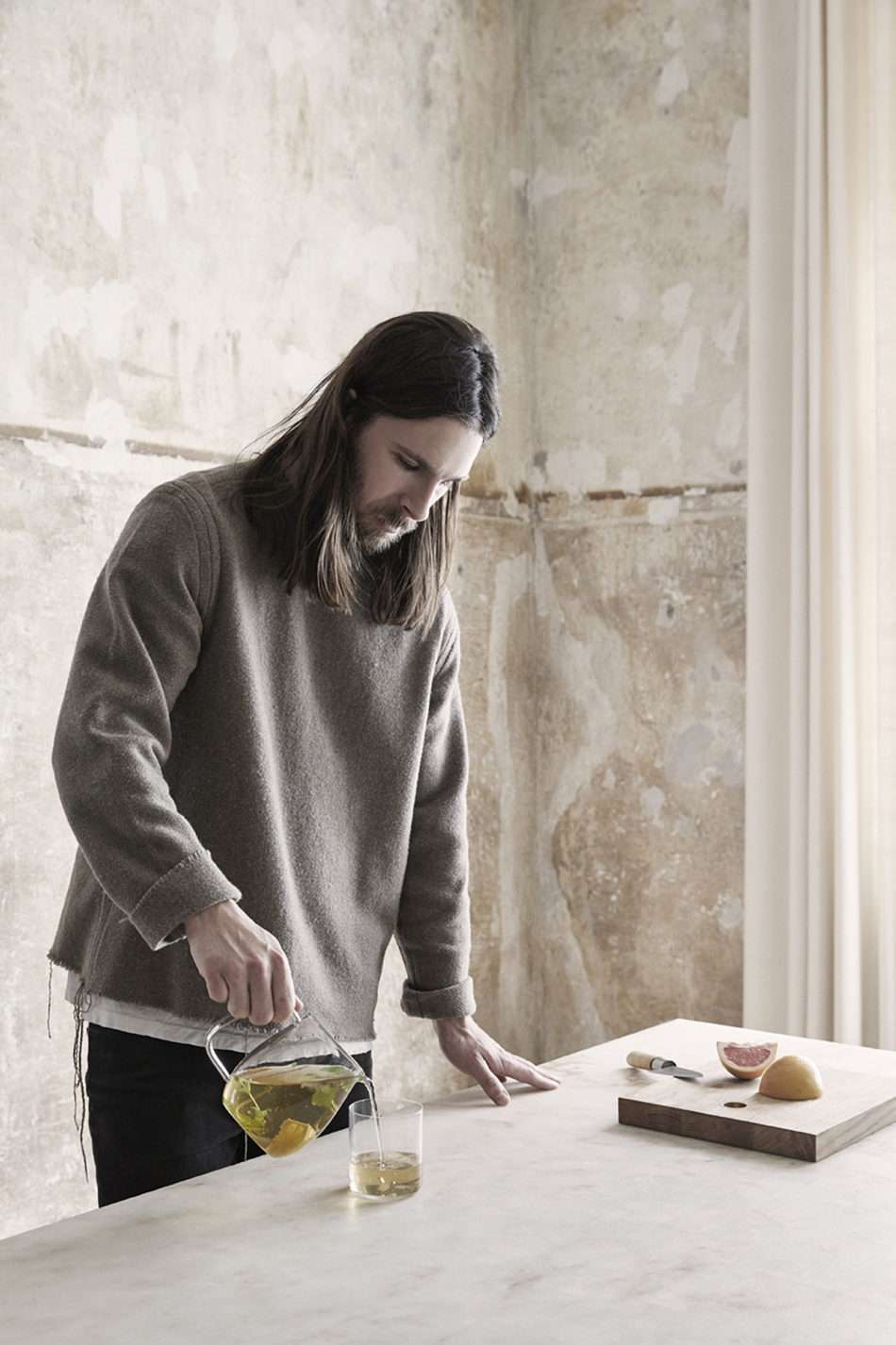
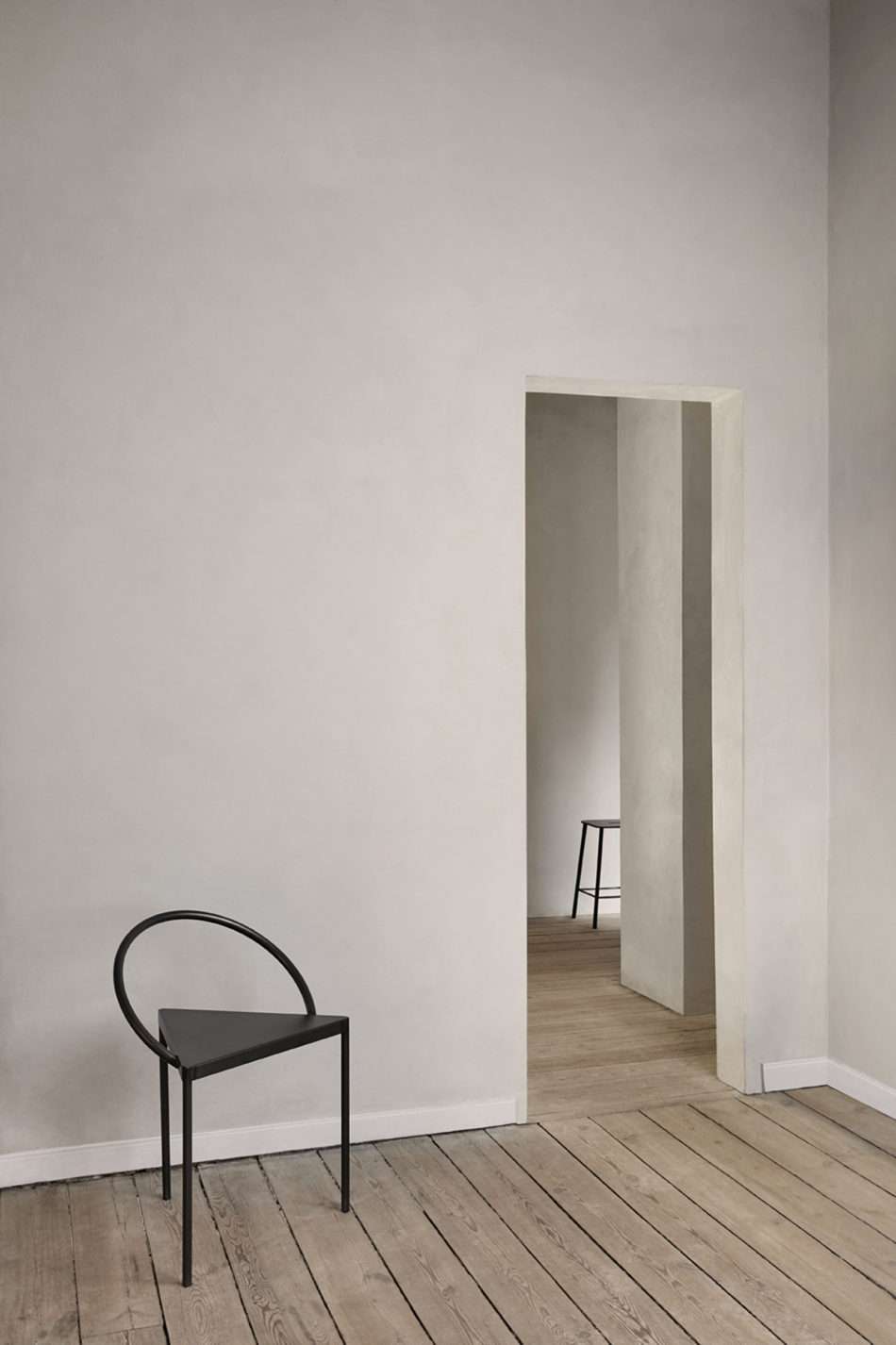
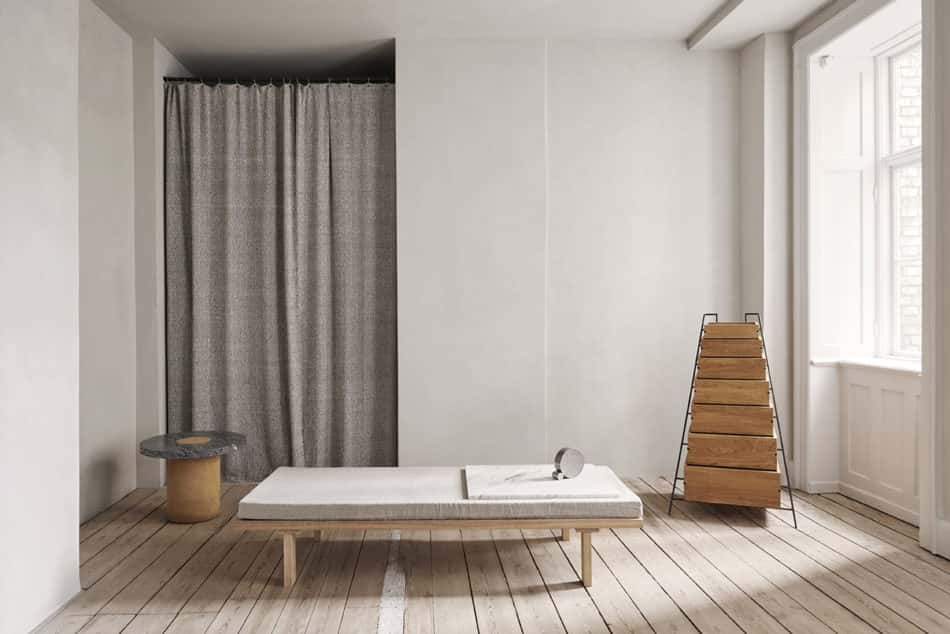
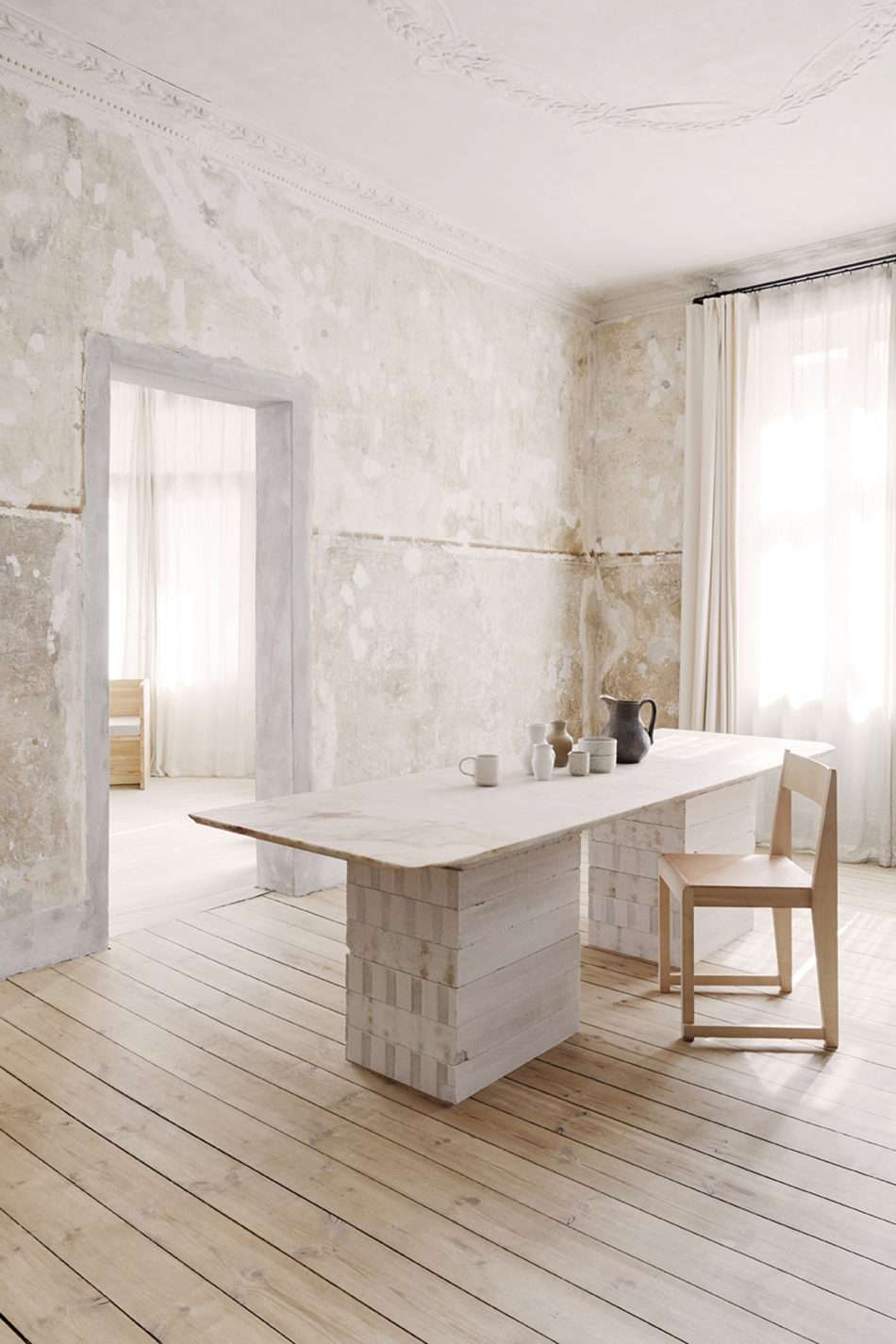
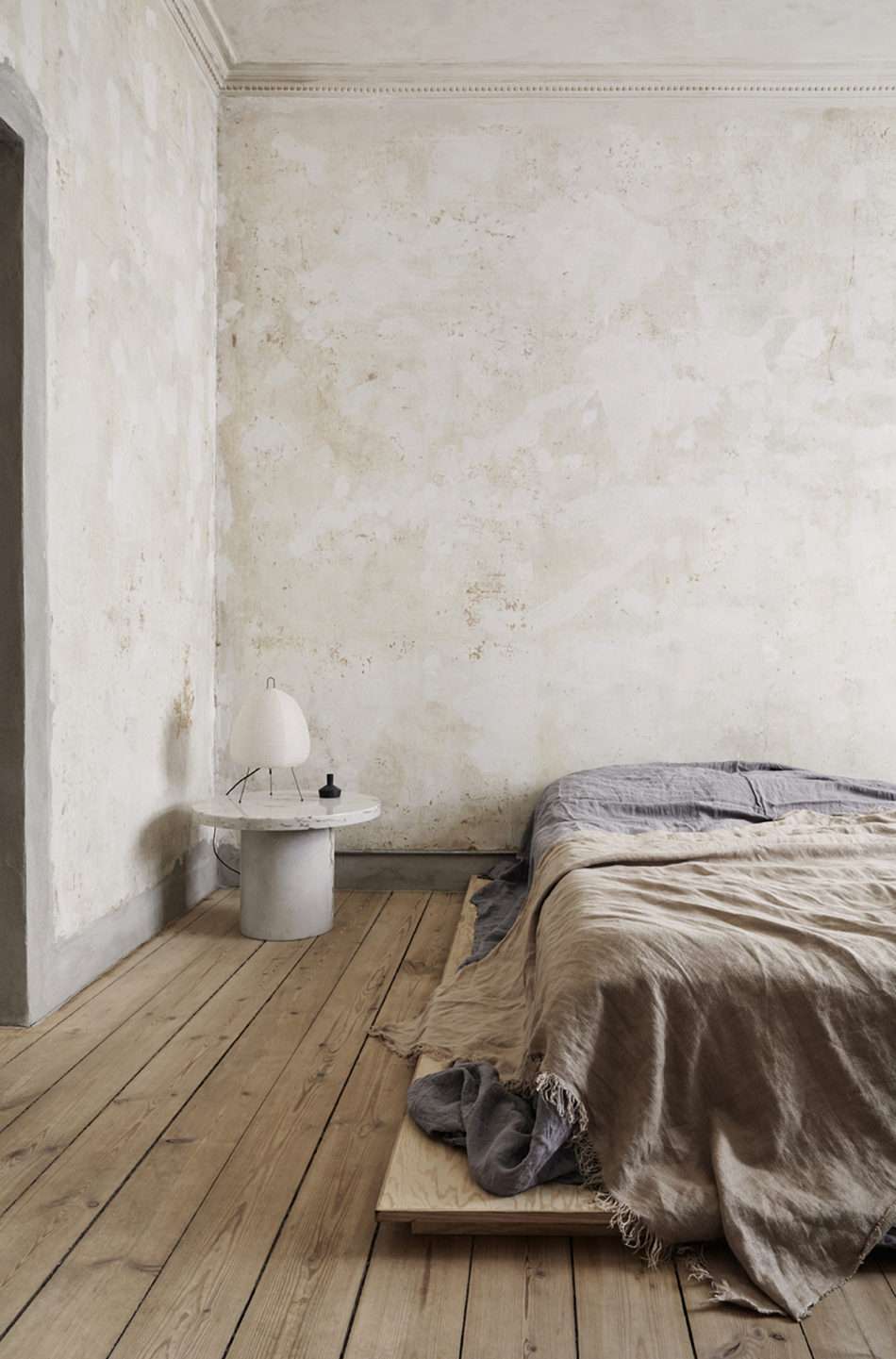
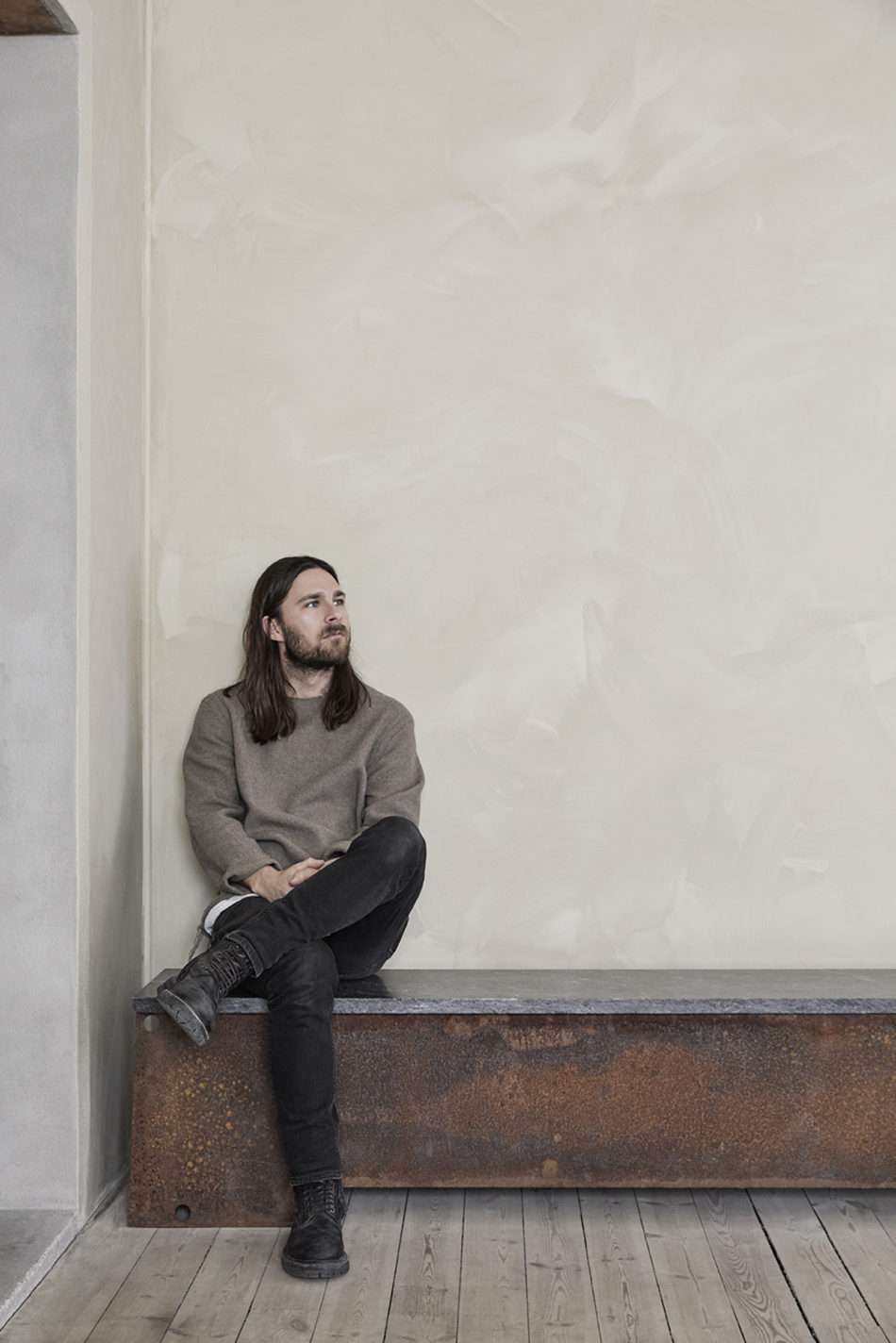
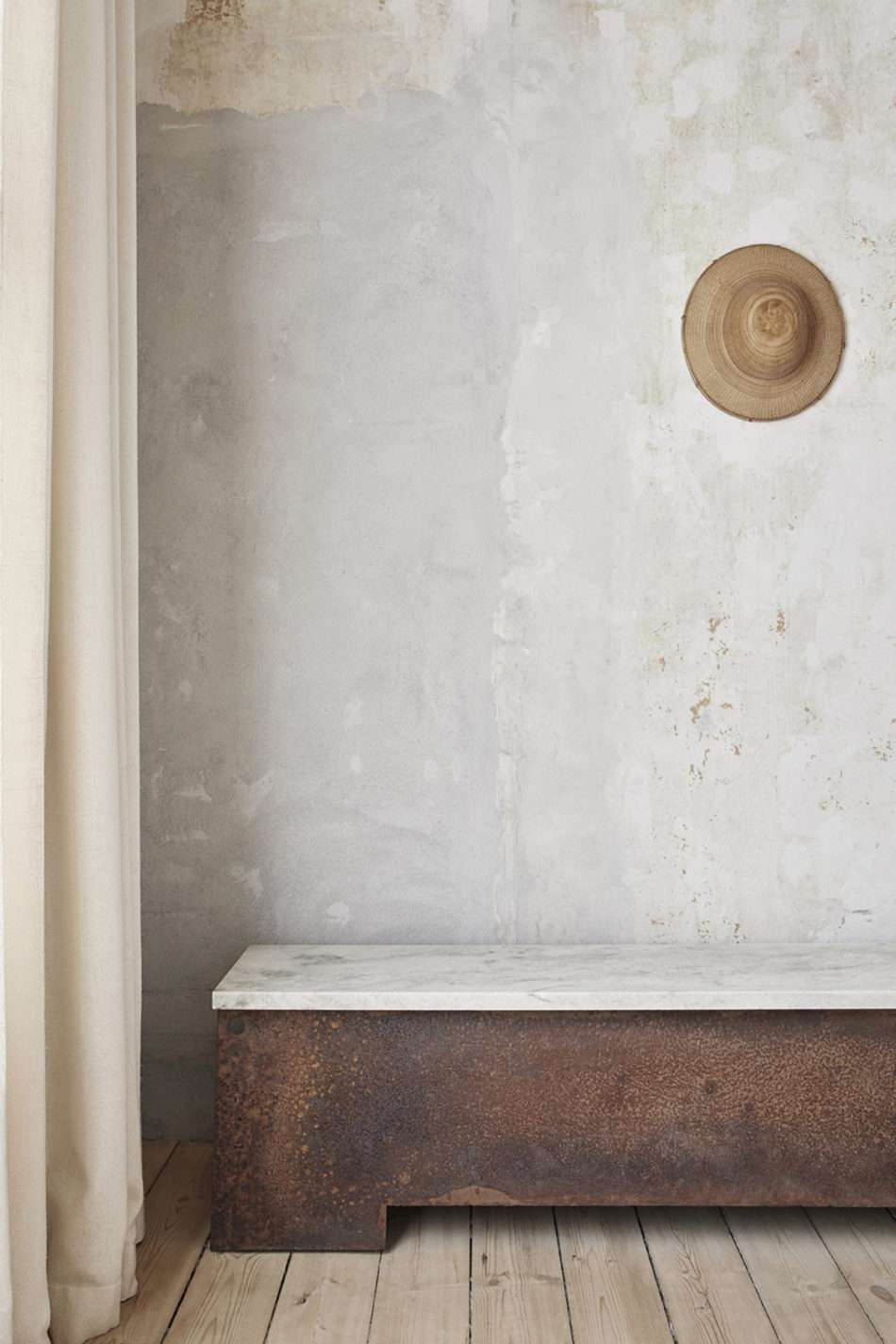
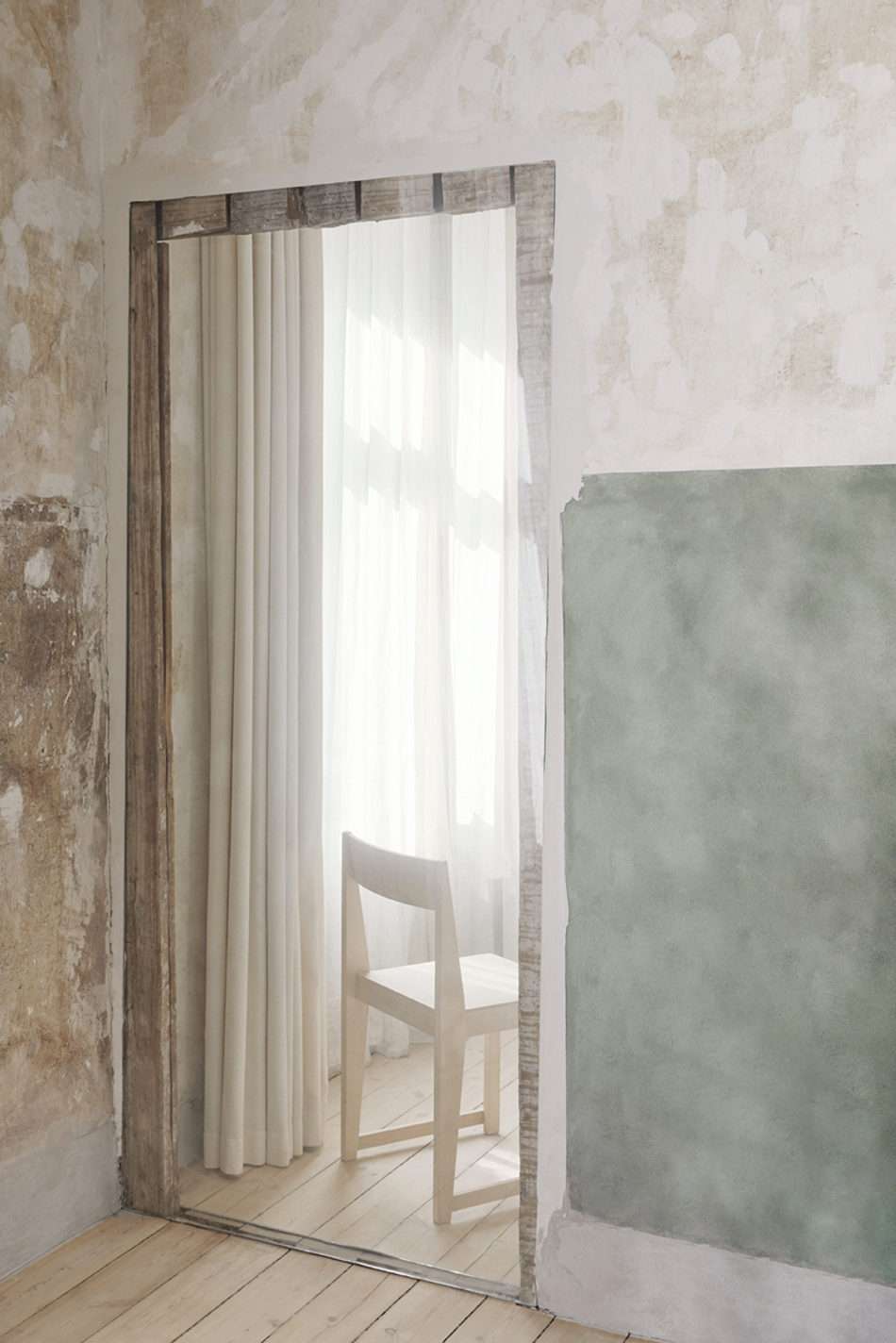
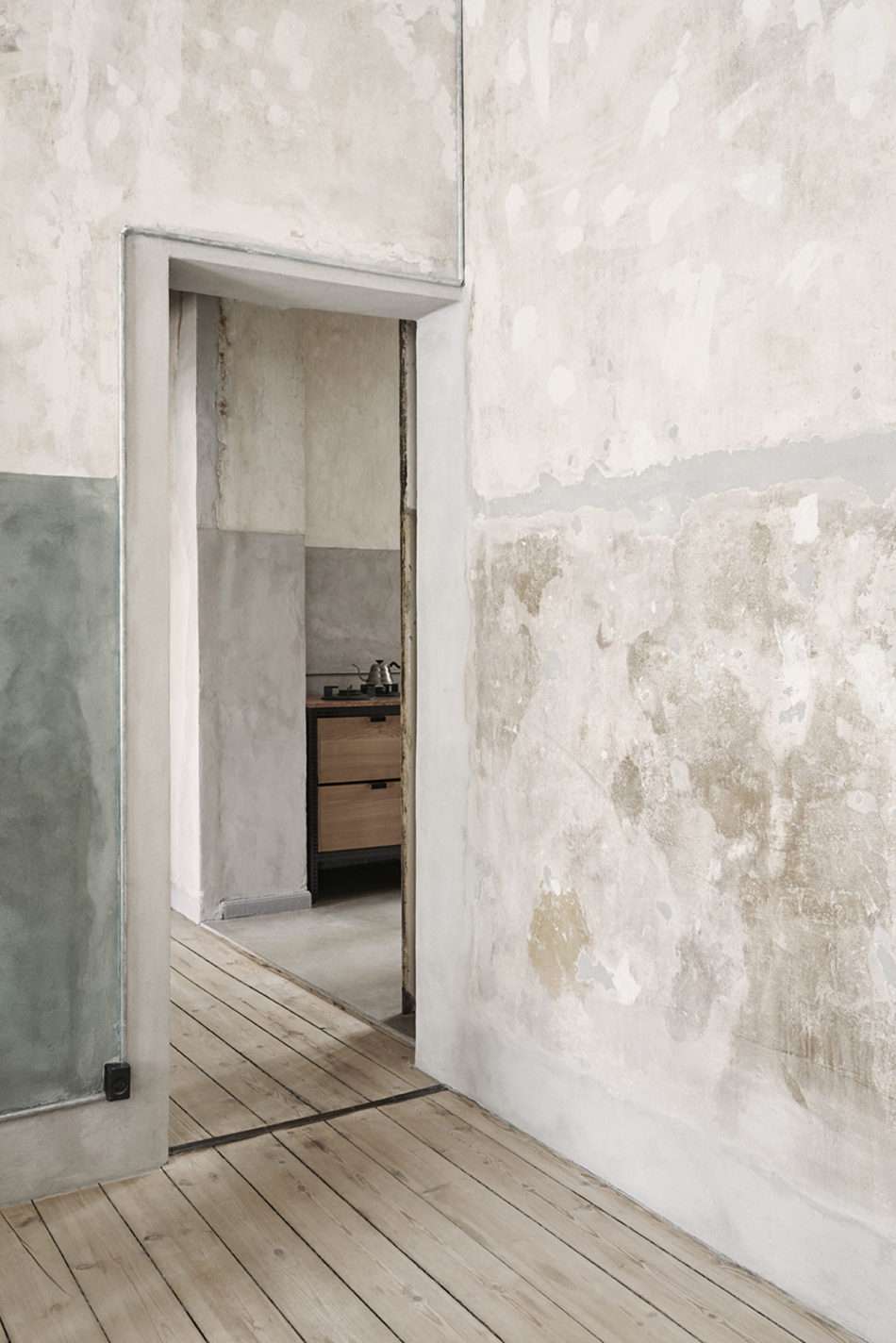
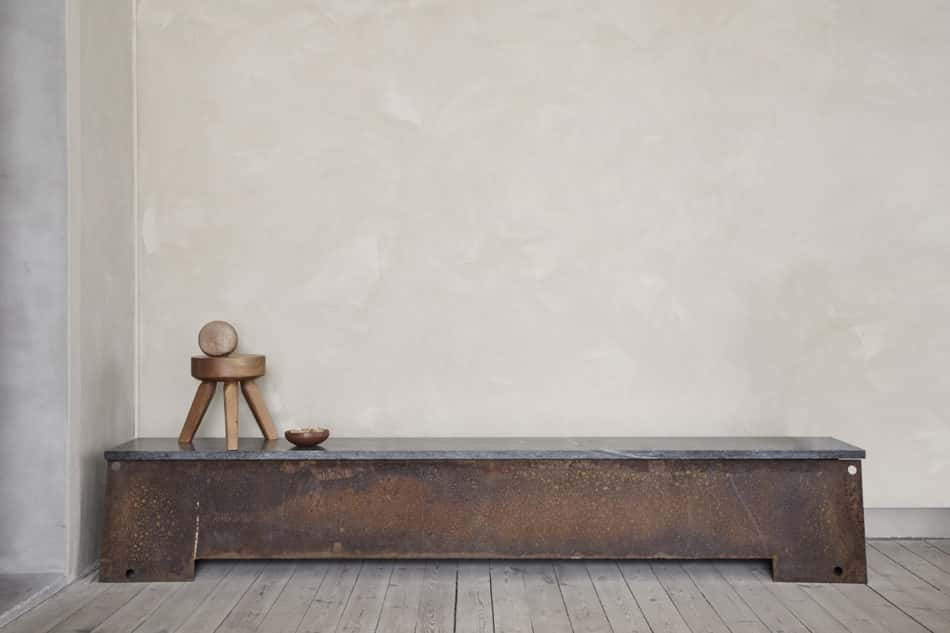
Niels Strøyer Christophersen set up multi-disciplinary design practice Frama in 2012, embedding the virtues of minimal design, high-quality craftmanship and timelessness at the core of the studio’s approach. The brand’s output covers everything from candlesticks to daybeds, books to fragrances and residential spaces to store fit outs, all of which are executed with a proclivity towards natural materials and simplicity of form.
Niels restored his house – a 1905 watchmaker’s store a 10-minute’ walk from Frama’s studio in Copenhagen’s Østerbro neighbourhood – appears as a sort of physical manifesto for his design approach, a place where the analogue, natural and patinated are celebrated and its beauty is a bi-product of the time, thought and consideration gone into it (Niels considers the pursuit of aesthetic beauty lacking in depth).
Here, Niels runs us through the ideas that drive Frama, how he went about renovating his home and reflects on plainness, simplicity and permanence.
Niels: “I’m someone who doesn’t mind not being
visually stimulated the whole time. Some people are offended by white walls and
minimal furniture, but I have to ask why we feel the need to be so distracted
the whole time?
“It seems like whether it be co-working spaces, restaurants,
hotels or gyms, they’re all designed these days to be cosier and more inviting
than our homes, which begs the question, what does that mean our own homes
should look like? I don’t have the answer, but it’s interesting to think what
our homes should do or provide if we can potentially find something more homely
outside the house. Maybe we are scared of where a lack of distractions will
take our minds, what ideas we will have?
“I moved into my house in 2012. I was featured in an article
back then with the headline, ‘Vesterbro is becoming to hipster’ and that was my
prompt to move away from that neighbourhood.
“I found my current flat in Østerbro and liked it because it’s
on the ground floor. It’s a former watchmaker’s shop, and I suppose the owners
would have lived in the back.
“When I moved in, I was feeling super liberated and free,
and, because I don’t have children, I could spend lots of time working on it –
there was no rush to get it done as soon as possible.
“Most of my work has been about asking what is the least I
could fill it with, and removing things, stripping them back. I was looking at
the decorative woodwork around the door frames and asked to myself, ‘Why is
this there? What do I need it for?’. I took it off and realised the door had a
much more subtle, elegant frame behind the wood.
“Then, on the walls, I stripped back the concrete and put on
a plaster board. I had some leftover green plaster and applied it up to a
certain height, where the original wallpaper would have run up to. I think it
works really well and, what’s funny is that a few years later I uncovered an
original part of the wall which was decorated in a very similar green – it was
a nice moment.
“Someone said to me recently that there is no colour in
Frama, and at first I thought they were right but then I looked around me over
the course of a couple of days and realised that there is a lot of colour,
they’re just drawn from natural materials, and are muted and gentle, rather
than bold and attention-grabbing.
“The same palette carries over to my home, which is a very
analogue space and where there is no plastic in the kitchen, except maybe one
pasta utensil. That was an active decision, to only have wooden and metal
things, that are gentle on the eye and patina nicely.
“People seem to fill their kitchens unknowingly with bright
gadgets and utensils – red bowls, green silicone utensils or whatever – and I’m
not saying that a red plastic bowl isn’t perfect for someone out there, I’m
just asking whether people have thought about what they really want in their
home, and also the small ways it is impacting them.
“Frama is not interested in following seasonal themes and
trends. For us, consistency is very crucial, whereas most furniture makers or
design brands will change their products at least yearly – whether that be
form, material, colour – or discontinue lines, in an endless cycle of new
things. We’re interested in things that are a lot more permanent and
long-lasting than that, because I think there is a beauty to how things age and
wear over time.
“We work in a very organic, natural way that isn’t about
sitting at a desk for hours obsessing over every detail. A lot of my ideas have
come about in an impromptu way, like the rusty metal bench in my house, which I
found in the countryside and put in the back of a van I happened to have that
weekend. I showed it to a friend and he was like, ‘Dude it’s just a bit of
scrap metal’ but to me it was sculptural and beautiful.
“Or the Pommern Pine beams that I found and poured concrete
on top of to make the plinths. At first, I thought it wouldn’t work but it
looks so beautiful. Or when I was renovating the house and, instead of a door,
I just got a friend who was working with glass to come and cover a gap up –
people who saw it after said it was genius but it was just a quick, intuitive and
spontaneous decision.
“That’s how I like to work, creatively and with freedom. I
do so much more admin these days, but I think it’s important to remain in that
state of creativity, which my house has allowed me.
“There is such a fine line between simplicity done well and
not. Take the Noguchi lamp by my bed: it is beautiful, handmade in Japan with
natural materials. I could have chosen one that is generic and mass-made, but its
impact on the whole space would have been felt.
“We’re thinking a lot about that at Frama, about a whole
ecosystem: where you live, what it feels like, the things in your home, even what
toothpaste you use and the more metaphysical things that create a sense of
balance.
“All those things have an effect on our wellbeing and mental
state whether we are aware of it or not, and I think the point of life is to be
critical, to ask questions and challenge ourselves.
“The job, partner or home you have aged 25 might be perfect
for you at the time but our lives constantly change and go in new directions,
so I think the point is to be open to that, evolve and move on. Life in an
active process, and one that requires constant engagement.”
Niels, how do you define modern living?
“In my opinion modern living is a balancing act between appreciating technology but not becoming a slave to it. To be able to enjoy quality time together with friends and family on a regular basis in combination with a dedication to your profession.
“Last but not least it’s about being able to enjoy simple
things, nature and the time to look inwards once in a while.”
Is there a home for sale on our website that has caught your eye? Why? “The Holt, Holymoorside, Derbyshire. I like the planning and levels of the house quite a lot and how its situated on the site, on a hill with access to a relatively wild garden and a direct view to forest.
“The combination of timber-covered ceilings and walls,
together with simple plain white walls works really well. The exterior of
random stone forms, sometimes visible from the inside, gives a solidness and
strength to the house that is very attractive.”
